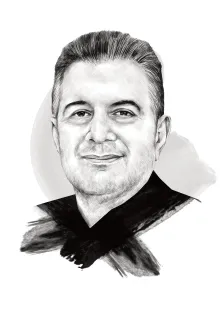Two key moments shaped this year’s summit of central bankers at the US resort of Jackson Hole, which is home to one of the biggest annual events on the calendar of monetary policymakers each August.
The first came two weeks before the meeting. Sudden and dramatic turmoil swept through global markets. It opened the door wide for speculation, beginning with the fragility revealed by the swift wave of selling, which followed a disappointing US jobs report and its implications.
There was a wave of fear over a potential US recession—a reminder that when the United States sneezes, the world catches a cold. In the days that followed, the markets gradually calmed and regained their balance, but the unease was palpable.
The second key moment was no surprise. It came from the Federal Reserve’s chair, Jerome Powell, when he said: “The time has come for (monetary) policy to adjust”, he said.
It was a serious indication that the Fed was ready to cut interest rates as inflation approaches the US Central Bank’s official 2% target, which has been pursued for years.
Confidence restored?
The clear signal from the world’s most influential central banker helped restore confidence, but not entirely. Most major central banks have started the process of reducing interest rates in a global pattern. And yet as Aengus Collins, head of economic growth, revival and transformation at the World Economic Forum puts it, “political and economic uncertainty remains high”.
Given the well-known and globalised weight of the US economy, the hint of looser monetary policy looming in the United States will undoubtedly have significant effects on various economies, banks, and companies.




